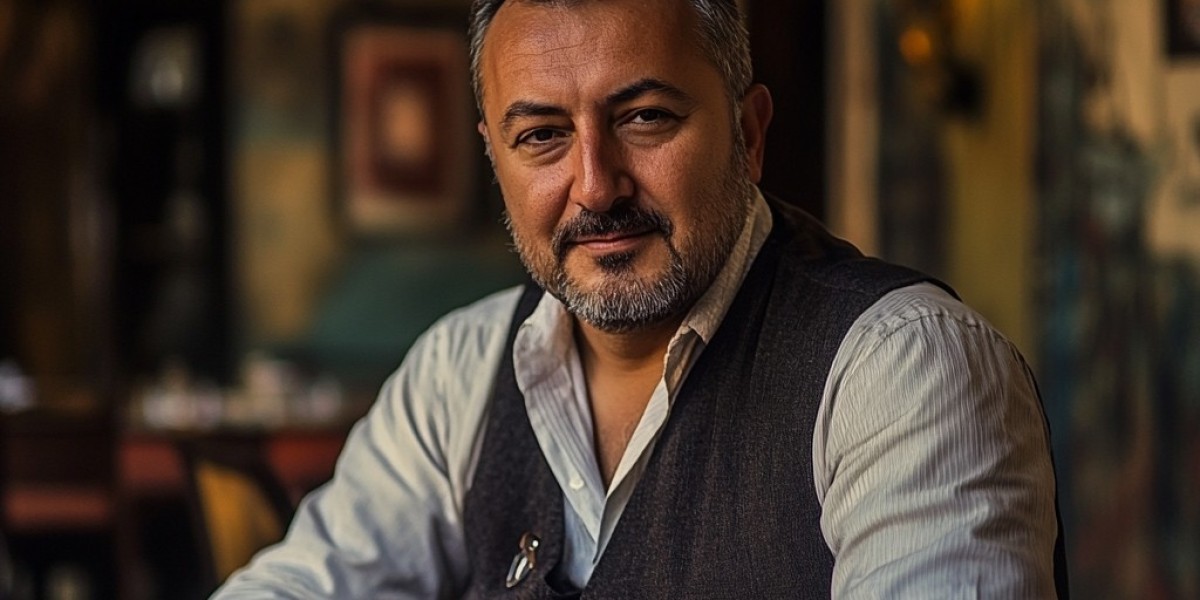Pain in children is a multifaceted issue that can stem from various physical, emotional, and psychological factors. Understanding the causes and solutions for treatment pain in children is crucial for parents, caregivers, and healthcare providers. This article delves into the common causes of pain in children and explores effective solutions for managing and alleviating this pain.
Causes of Pain in Children
Injuries and Accidents
- Falls and Fractures: Children are naturally active and often engage in physical activities that can lead to falls, resulting in fractures, sprains, and bruises.
- Sports Injuries: Participation in sports can lead to injuries such as sprains, strains, and concussions.
- Burns and Cuts: Accidental burns and cuts are common, especially in younger children who are still learning about safety.
Medical Conditions
- Infections: Common infections like the flu, strep throat, and ear infections can cause significant discomfort and pain.
- Chronic Illnesses: Conditions such as juvenile arthritis, sickle cell disease, and cancer can cause ongoing pain.
- Gastrointestinal Issues: Problems like constipation, gastroesophageal reflux disease (GERD), and food allergies can cause abdominal pain.
Growth Pains
- Growing Pains: These are common in children between the ages of 3 and 12 and typically occur in the legs, especially at night.
- Musculoskeletal Pain: As children grow, their bones and muscles can sometimes cause pain due to rapid growth or physical activity.
Emotional and Psychological Factors
- Anxiety and Stress: School pressures, family issues, and social interactions can cause stress and anxiety, leading to physical symptoms like headaches and stomachaches.
- Depression: Although less common in younger children, depression can manifest as physical pain, including headaches and unexplained aches.
Solutions for Managing Pain in Children
Medical Interventions
- Medications: Over-the-counter pain relievers such as acetaminophen and ibuprofen can be effective for managing mild to moderate pain. Prescription medications may be necessary for more severe pain under a doctor's guidance.
- Treating Underlying Conditions: Addressing the root cause of the pain, such as treating an infection or managing a chronic condition, is crucial for long-term pain relief.
Physical Therapy and Exercise
- Physical Therapy: Tailored exercises and treatments provided by a physical therapist can help manage pain caused by injuries, chronic conditions, and growth-related issues.
- Regular Exercise: Encouraging regular, gentle exercise can help improve overall physical health and reduce pain. Activities like swimming, yoga, and stretching can be particularly beneficial.
Psychological Support
- Counseling and Therapy: Psychologists or counselors can help children cope with pain by addressing emotional and psychological factors. Cognitive-behavioral therapy (CBT) is particularly effective in teaching children pain management techniques.
- Relaxation Techniques: Techniques such as deep breathing, meditation, and mindfulness can help children manage pain by reducing stress and anxiety.
Alternative and Complementary Therapies
- Acupuncture: This traditional Chinese medicine technique involves inserting thin needles into specific points on the body and can help relieve pain.
- Massage Therapy: Gentle massage can help reduce muscle tension and alleviate pain.
- Herbal Remedies: Certain herbal remedies, under the guidance of a healthcare provider, can be used to manage pain. Examples include ginger for nausea and turmeric for inflammation.
Home Care and Lifestyle Adjustments
- Healthy Diet: A balanced diet rich in fruits, vegetables, whole grains, and lean proteins can support overall health and help manage pain. Avoiding processed foods and sugars can also be beneficial.
- Adequate Sleep: Ensuring children get enough sleep is vital for their overall well-being and can help reduce pain. Establishing a regular sleep routine and creating a comfortable sleep environment are key.
- Hydration: Staying well-hydrated is important for overall health and can help manage certain types of pain, such as headaches and muscle cramps.
Educational Interventions
- Pain Education: Educating children about pain and its management can empower them to take an active role in their own care. This includes teaching them about pain-relief techniques and the importance of reporting their pain accurately.
- School Accommodations: For children with chronic pain or medical conditions, working with schools to provide necessary accommodations can help manage pain and reduce stress. This may include modifications to physical activities, extended time for assignments, or access to a school nurse.
Conclusion
Pain in children is a complex issue that requires a multifaceted approach to management. By understanding the various causes of pain management and implementing effective solutions, caregivers and healthcare providers can help children lead healthier, more comfortable lives. Addressing pain holistically, through medical interventions, physical therapy, psychological support, alternative therapies, home care, and education, ensures that children receive comprehensive care tailored to their unique needs.
It is essential for parents and caregivers to closely monitor their child's pain and seek professional help when needed. Early intervention and a proactive approach to pain management can make a significant difference in a child's quality of life. With the right support and resources, children can overcome pain and thrive in their daily activities.








